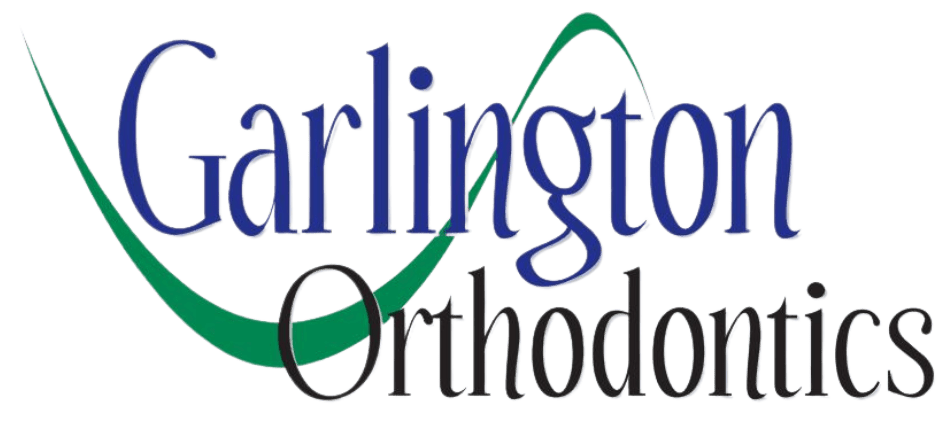Our orthodontic treatment helps straighten teeth and correct bites. Our goal is to give people beautiful smiles and healthier mouths. If you’re experiencing orthodontic concerns like teeth shifting after treatment, we can help address the issue.
But what happens when your teeth start moving back to their original positions after you’ve had braces or aligners? This movement is called orthodontic relapse. It can be frustrating, especially for adults who thought their treatment was done for good.

What is Orthodontic Relapse?
Orthodontic relapse is when your teeth shift back to their old positions after orthodontic treatment. This can happen to anyone, no matter how long since they have finished their treatment. Even if you had perfectly straight teeth after braces or aligners, there’s still a chance they can move over time.
Several factors can cause orthodontic relapse. While it is frustrating, you can avoid many of the causes. For example, a retainer is crucial to combat orthodontic relapse. Your teeth can easily move back if you don’t wear your retainer as instructed. Retainers are devices you wear after aligners to keep your teeth in their new positions.
As you age, your teeth and jaw naturally change. This natural movement can cause your teeth to shift, even if you’ve been diligent about wearing your retainer. If you lose a tooth, the surrounding teeth might move to fill the gap, causing changes in your alignment.
Other issues, like bruxism or gum disease, can create an environment for teeth to shift. Grinding your teeth can put extra pressure on them, which can cause them to shift out of place over time. Gum disease can weaken the structures that support your teeth, making it easier for them to move.
Signs of Orthodontic Relapse
Noticing the signs of orthodontic relapse early can help you take steps to correct it. Here are some common signs:
- Teeth Shifting: If you notice spaces appearing between your teeth or your teeth starting to crowd again, it might be a sign of relapse.
- Changes in Bite: If your bite feels different or uncomfortable, it could be due to your teeth shifting.
- Difficulty Cleaning Teeth: If brushing and flossing become harder because your teeth are not as straight as they used to be, this might be a sign of relapse.
- Retainer No Longer Fits: Your teeth might have moved if your retainer feels tight or doesn’t fit anymore.
Treating and Preventing Orthodontic Relapse in Long Beach, CA
The best way to prevent orthodontic relapse is to follow your orthodontist’s instructions carefully, especially regarding retainers. Here are some tips to help keep your teeth in their new positions:
Dr. Garlington will tell you how often to wear your retainer. At first, you might need to wear it all the time. But, eventually, you may only need it at night. It’s important to follow these instructions exactly.
You will need to continue seeing your dentist regularly. They can spot early signs of relapse and help you take action to prevent it. This also means that you need to keep your teeth and gums healthy. Good oral hygiene can prevent problems that might cause your teeth to shift. Brush and floss daily, and use mouthwash if recommended by your dentist.
If you do experience orthodontic relapse, there are several ways to correct it. Sometimes, simply wearing your retainer more often can help move your teeth back into place.
If the relapse worsens, you might need to wear aligners again. This can be frustrating, but getting your teeth back to their ideal positions is sometimes necessary. Other dental appliances, like space maintainers or palatal expanders, can help correct certain types of relapse.
